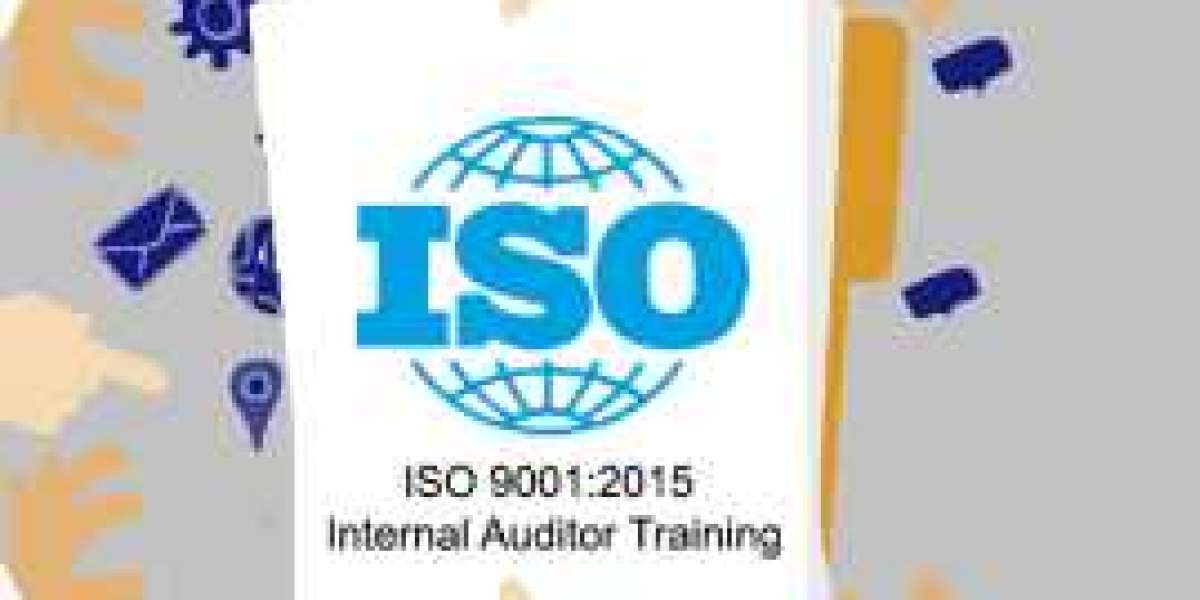Achieving how to get iso 9001 certification is a structured journey that requires understanding the standard’s requirements, preparing your QMS, completing a certification audit, and committing to continuous improvement. By following these steps and fostering a culture of quality, your o
How to Get ISO 9001 Certification: A Step-by-Step GuideISO 9001 is a globally recognized standard for quality management systems (QMS). Achieving ISO 9001 certification demonstrates an organization’s commitment to delivering consistent quality and customer satisfaction. Whether you’re a small business or a large corporation, ISO 9001 can bring significant benefits, including improved efficiency, increased customer trust, and enhanced credibility. This guide breaks down the process into four key areas to help your organization understand and prepare for ISO 9001 certification.1. Understanding the Requirements of ISO 9001ISO 9001 sets out criteria for a quality management system, focusing on principles such as customer focus, leadership, process approach, and continuous improvement. It’s designed to be flexible and adaptable, applicable to any organization regardless of its size or industry.The standard has several key components, including:• Quality Policy and Objectives: Define clear quality goals and create a quality policy that reflects the organization’s commitment to quality.• Documented Information: Develop and maintain records that demonstrate compliance with ISO 9001 requirements.• Risk-Based Thinking: Identify risks and opportunities that could impact quality and take measures to address them.• Leadership and Employee Involvement: Ensure top management is committed to the QMS and that all employees understand their roles and responsibilities.• Continuous Improvement: Implement processes to regularly review and improve the QMS, ensuring it remains effective over time.Understanding these requirements is the first step to achieving certification. By aligning your organization’s processes with these principles, you set a solid foundation for the certification journey.2. Preparing for ISO 9001 CertificationPreparation is crucial for a successful ISO 9001 certification. Start by conducting a gap analysis to compare your current practices with ISO 9001 requirements. This analysis will help you identify areas that need improvement and set priorities for implementing changes.Key steps in the preparation phase include:• Building a QMS Team: Appoint a team to lead the certification process, including representatives from key departments. This team will be responsible for implementing and maintaining the QMS.• Developing the QMS Documentation: ISO 9001 requires documented processes, procedures, and records. This includes a quality manual, documented procedures for key processes, and records demonstrating compliance.• Training Employees: It’s essential to provide ISO 9001 training for employees, ensuring they understand the QMS, the importance of quality, and their role in achieving it.• Establishing Internal Audits: Before the certification audit, conduct internal audits to identify any non-conformities and make necessary corrections. This ensures your QMS is fully compliant with ISO 9001 standards.Through thorough preparation, you can build a robust QMS that meets ISO 9001 standards and lays the groundwork for a successful certification audit.3. The Certification ProcessOnce your QMS is in place, you’re ready to begin the certification process. This involves several steps with an external certification body:• Select an Accredited Certification Body: Choose a reputable, accredited certification body that can perform the ISO 9001 certification audit. It’s important to select a body that aligns with your industry and organizational goals.• Stage 1 Audit (Preliminary Audit): In this audit, the certification body reviews your documented information, checks compliance with ISO 9001 requirements, and assesses your organization’s readiness for the Stage 2 audit. Any issues identified in this phase should be addressed before proceeding.• Stage 2 Audit (Certification Audit): This is a thorough review of your QMS implementation, where auditors examine processes, records, and interviews with personnel. They evaluate your QMS against ISO 9001 standards to ensure all requirements are met.• Certification Decision: If your organization meets the standard’s requirements, the certification body will issue an ISO 9001 certificate. If there are non-conformities, you will need to address them before receiving certification.Completing the certification process successfully shows that your organization has implemented a QMS that aligns with internationally recognized quality standards.4. Maintaining ISO 9001 CertificationISO 9001 certification is valid for three years, but maintaining it requires regular audits and continuous improvement efforts. Certification bodies typically conduct surveillance audits annually to ensure ongoing compliance, with a recertification audit at the end of the three-year cycle.Best practices for maintaining ISO 9001 certification include:• Continuous Improvement: Implement systems to monitor and improve processes. This may involve gathering customer feedback, tracking key performance indicators, and addressing non-conformities.• Employee Training and Awareness: Regularly train employees on QMS updates and quality standards. Keeping staff informed helps maintain a culture of quality throughout the organization.• Internal Audits: Conduct internal audits periodically to identify any gaps or non-conformities. This proactive approach helps catch issues early and ensures the QMS remains effective.• Management Review Meetings: Hold regular management review meetings to discuss the performance of the QMS, review objectives, and make decisions on necessary improvements.Maintaining ISO 9001 certification demonstrates an ongoing commitment to quality and allows your organization to continually enhance its processes, products, and services.ConclusionAchieving how to get iso 9001 certification is a structured journey that requires understanding the standard’s requirements, preparing your QMS, completing a certification audit, and committing to continuous improvement. By following these steps and fostering a culture of quality, your organization can build credibility, satisfy customer expectations, and create a foundation for long-term success.
 Meet Ups
Meet Ups
 Experiences
Experiences
 Learning Center
Learning Center
 Accommodation
Accommodation
 Roomie
Roomie
 Ride
Ride
 Spread the Word
Spread the Word
 Student Bazaar
Student Bazaar
 Jobs
Jobs
 Blogs
Blogs
 About StudentInsta
About StudentInsta

